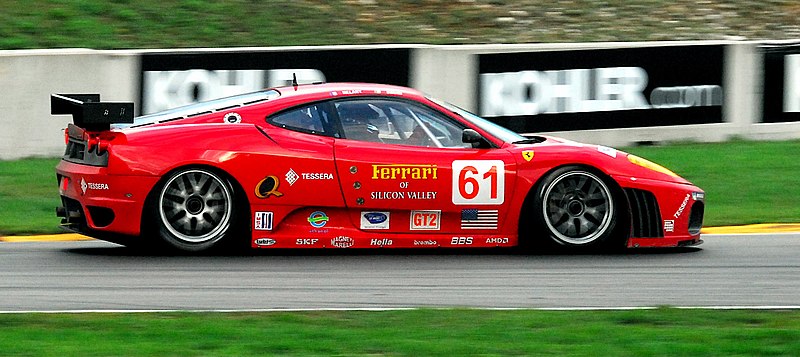Form follows function is a principle associated with modern architecture and industrial design in the 20th century. The principle is that the shape of a building or object should be primarily based upon its intended function or purpose.
Examples that follow this principle are shown below -
Automobiles
Notice how the design of this car conforms to its function. The car is specifically designed to be aerodynamic in order for the car to travel. First models of cars were just designed to be a status symbols. Experience and time has allowed modern day car manufactures to understand the basic structure of a car needed to be functional at the most basic level. This means they can sell a range of cars to the market that vary from very basic to very indulgent models yet still maintain the basic core structure.
flat pack furniture
Because of evolving technologies handcrafted, time consuming furniture was enabled to be replaced by large scale industrial machines. The movement of the need for man made furniture enabled the functional aspect of machine outputted furniture to replace more expensive, impractical, ornate design. Inspired by swedish modernist design functional furniture has become more and more popular. Thats not to say people don't want to invest in bespoke design, but it means that they can finish their whole house perhaps for the same cost as one item of tailored furniture.
Polosytrine cup.
A perfect example of form following function. Everything unnecessary is stripped away leaving behind a "container of beverages" designed to be mass produced and disposable.



No comments:
Post a Comment